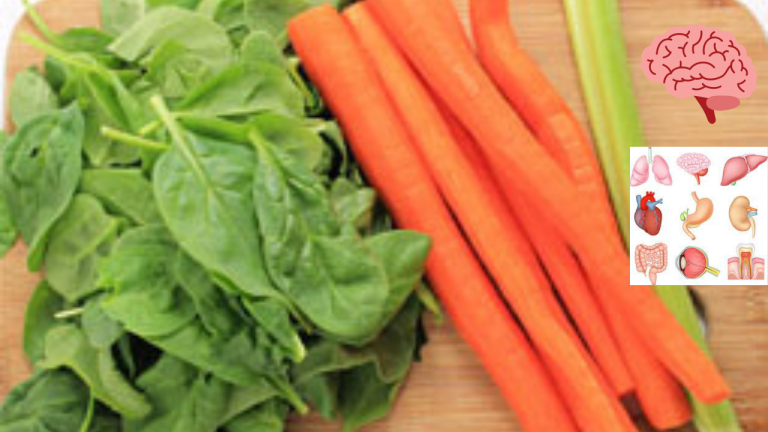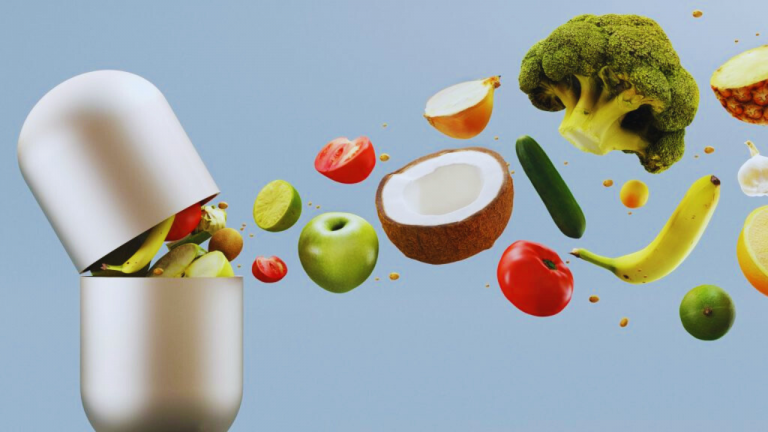Nutrient Density and Bioavailability

Nutrient density and bioavailability are two important concepts related to the nutritional value and absorption of nutrients from foods. Here’s an explanation of each term:
Nutrient Density: Nutrient density refers to the concentration of essential nutrients (such as vitamins, minerals, and phytochemicals) in a food relative to its calorie content. Foods that are nutrient-dense provide a higher amount of essential nutrients per calorie compared to foods that are calorie-dense but low in nutrients. In other words, nutrient-dense foods offer more nutritional “bang for your buck” and are important for overall health and well-being. Examples of nutrient-dense foods include fruits, vegetables, whole grains, legumes, nuts, and seeds.
Bioavailability: Bioavailability refers to the extent and rate at which nutrients from food are absorbed and utilized by the body. Not all nutrients in food are equally available for absorption. Factors such as the food’s composition, cooking methods, interactions with other nutrients, and individual variations in digestion and metabolism can affect bioavailability. For instance, certain nutrients like iron and calcium can have different absorption rates depending on the food source and other factors. Enhancers or inhibitors in foods can also impact the bioavailability of certain nutrients. Cooking, processing, and food preparation methods can influence the bioavailability of nutrients as well.
To optimize nutrient absorption and bioavailability, here are some considerations:
Eating a varied diet: Consuming a wide range of nutrient-dense foods ensures exposure to a variety of nutrients, increasing the likelihood of meeting nutrient needs and optimizing absorption.
Food combinations: Some nutrients are absorbed more effectively when consumed with other nutrients. For example, pairing vitamin C-rich foods (such as citrus fruits or bell peppers) with iron-rich foods (such as legumes or leafy greens) can enhance iron absorption.
Cooking techniques: Some nutrients become more bioavailable through cooking, while others may be lost. For example, lightly cooking or steaming certain vegetables can enhance the bioavailability of certain nutrients compared to consuming them raw.
Individual factors: Factors like age, health status, digestive health, and individual variations in nutrient metabolism can impact nutrient absorption and bioavailability. Consulting with a healthcare provider or registered dietitian can provide personalized guidance based on individual needs.
Overall, consuming a varied, nutrient-dense diet and considering factors that impact bioavailability can help ensure optimal nutrient absorption and support overall health.



